By the time I received my copy of Noma, Time and Space in Nordic Cooking, the San Pellegrino awards had already nominated René Redzepi the best chef, and Noma, the restaurant – a composite of nordisk and mad, the Danish word for food – the best restaurant in the world. Even more than the intensity of the photographs, it is the list of ingredients that catches my attention. They are simple to the point of being rustic: berries, ferns, cauliflower flowers and wild garlic. Seasonal Nordic produce and, a menu that uses only locally sourced ingredients. The food looks like it is from a planet that has just been born – so fresh, so new, so spare, like something the crew of the Starship Enterprise would encounter on their journeys through Space.
René Redzepi’s revolution in Nordic cuisine, ‘the Noma effect’, left me wishing for a lot of things.
Wishing that I had eaten at this restaurant before the inevitable stampede that is now in progress, making reservations what they were at el Bulli – impossible.
That our chefs, starting with some of our brightest young stars, whom I saw at the Food Lovers Produce to Plate event, would like René Redzepi, put behind them the formula of olive oil, foie gras and sun dried tomatoes that has engulfed the world of fine dining in this country and everywhere else and, instead, use the skills and technology acquired working in the best culinary institutions, under the best chefs in the world, to set in motion many small revolutions, right here. That many of these enormously talented, enthusiastic, and adventurous young people would create, here -in Bengaluru, Kolkota, Hyderabad, Varanasi, Gwalior and Lucknow – dining experiences worth a gourmet’s time, expense and effort, to travel across the world to savour.
That instead of relying on imports of expensive and often sub-standard ingredients which can be replaced by those locally grown or produced – we’ve all heard about Norwegian Salmon, pumped full of antibiotics – they would explore the thousands of kilometers of coastline of which India boasts, for sea food beyond Pomfret and Seer, for lesser known, incredibly flavourful catches such as Parrot Fish, Pearl Spot and Silver Fish. When I read about Öland, an old variety of flour, revived by Noma, rice comes immediately to mind. Not the bland, undistinguished stuff we down these days, but, varieties like the fragrant heaps of jeerige sanna of my childhood, and the highly evocative ambe mohur (mango blossom) rice which, novelist Shashi Deshpande recalls, was grown at an aunt’s fields in Junnar, near Pune, and perfumed the entire house when it was cooked.
And that our chefs start looking beyond the predictable and repetitive range of vegetables, the inevitable cauliflower, potatoes, peas, and broccoli, cross-dressed in Indian spices and, revel instead in the limitless variety of delicious ‘local’ vegetables, and re-interpret them for modern menus – bitter, palate cleansing greens, beans of every description, wild mushrooms, and ferns. My friend Chandra Jain evokes the refined tastes of Utter Pradesh, following the rhythms of the seasons with kachnar ke kali ki raita – an exquisite poem of bauhinia flower buds in a raita or a winter salad of shakkar khandi, sweet potato dressed with onions, green chillies, fresh coriander and a dash of lime juice. Seasonality is not some gourmet fetish, but has the irrefutable logic of perfectly developed produce and appropriateness – just think of the inevitable disappointment we have all experienced with out-of-season mangoes.
One Bangalore chef who does this remarkably well was Mandaar Suktankar of the Park Group of Hotels, now sadly lost to Hyderabad. Over time, he developed a chain of suppliers, who delivered raw materials, like buffalo milk mozzarella, for instance, from a Keralite priest who had learnt cheese making in Italy, all locally produced, of enviable quality. He was also unafraid to introduce local variations without in any way compromising the integrity of the original dish – amaranthus crostini, a garnet coloured, bitter-sweet leaf, ‘kempu soppu’ in local parlance, but morphing seamlessly into a delicious topping; ridge gourd, or bitter gourd on crostini, and even dosakaya, a local cucumber-like vegetable – Mandaar is constantly experimenting, pushing the edges with local ingredients, all the while using the framework of the cuisine in which he was trained. Eating a meal cooked by him is always tinged with the excitement of knowing that, as a well-known food writer put it, he never tries to adapt one cuisine to another, but he adjusts the two. He succeeds in doing what the philosophy of Noma constantly endorses ‘ keeping senses keen by avoiding the most easily recognizable sensations.’ Mandaar begins by eating out at locally popular places, to find established flavours and tastes, to give, as he puts it, ‘identity to the food.’ Having traced the ‘sour palate that links Andhra with Hyderabadi cuisine’, he then proceeds to create a winning combination of a western style fish with a gongura sauce.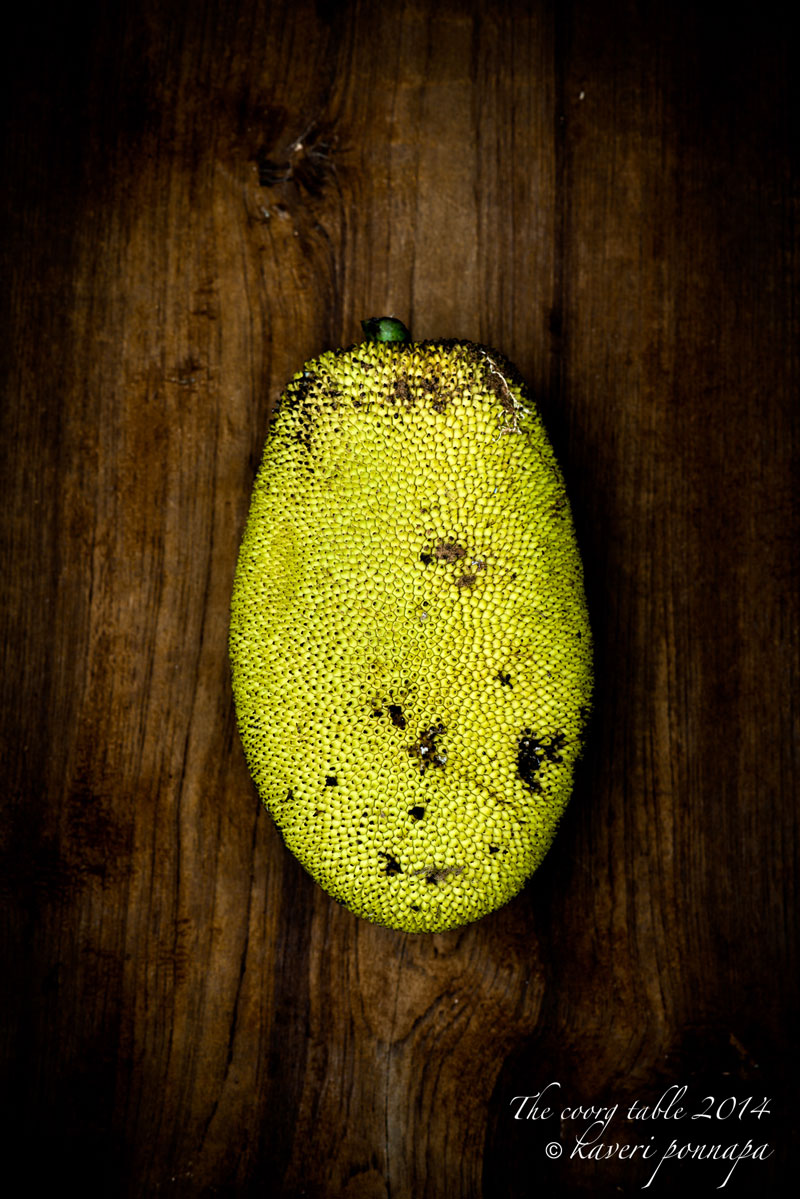
If we must draw inspiration, why not in the way that the principles of Japanese cuisine influenced and transformed French gastronomy, presenting the world with Nouvelle Cuisine? Where the food was influenced by abstract ideas of balance, form and presentation, rather than imitation or substitution? To bring a more elegant and pared down version of a classic dish to the table, in the way Chef Hemant Oberoi has done at the Taj West End’s Masala Klub in a series of time-honoured classics lightened, refined and presented to perfection?
That – perhaps the most heartfelt and longest standing wish of all – we would stop making disparaging remarks about the ‘unsophisticated Indian palate.’ True connoisseurship is rare in every culture and, very often, tasteless snobbery tends to pass for knowledge. Every society has its aesthetes, steeped in the tastes and traditions of their food culture, ready to take the trouble to explore others, as well as arrivistes, who have to be seen eating whatever is à la mode. While the Indian palate may be unfamiliar with some of the new tastes introduced into the swiftly changing culinary scene, by no means is it untrained in its own. And for every Indian who commits a culinary faux pas by asking for Chicken Stroganoff there are a significantly larger number of sophisticated (??) Western diners summoning up the ghosts of chicken tikka masala, and whipping up curry sauces.
If we were to look at the wealth of sophisticated food that has evolved in this country over centuries, particularly in regional cuisines, and had the confidence to recognize how superior it can be, when it is created with authenticity, integrity, and presented well, perhaps we’d place more faith in our chefs, and ourselves. Abhijit Saha, usually associated with the best of the West, is a surprisingly passionate spokesperson for the ‘huge potential for Indian fine dining,’ calling it a hidden treasure, full of possibilities. What it needs is patience, and meticulous research, to develop the concept, is his belief
I wish we’d stop craving those Michelin stars, and create a system of evaluation suited to our own environment and tastes. Bent Christensen, rebuffed by Michelin, brought out his own Danish Food Guide. I wish we’d all follow. We have chefs who are second to none, and the extensive range of culinary traditions in this country need to be explored and re-interpreted. Presented the way they deserve to be, they can be as delicately nuanced, or as robust as any cuisine in the world, so do we really need Western endorsement to recognize what is intrinsically excellent?
Every cuisine has its place in this hugely expanded world of gastronomy, its own merits. Perhaps what I am trying to say is that, if we don’t value our own food, the way René Redzepi has his own, no one else will. To adapt from the late MFK Fisher, who summed it up best when she wrote ” cooking is forever a compromise with historical fact and fancy…there must be passionate leaders who know how to keep the compromise honest…to remember what has been best, gastronomically, in their history, and try and keep it intrinsic to the inevitable changes of the future.” Surely it’s time, as René Redzepi put it, to find “our own way of expressing ourselves, our own signature.” If our Indian chefs lead the way, we will follow.
This article appeared in Food Lovers Magazine, Vol. 5 Issue 2, 2011
Image Credits: Nithin Sagi

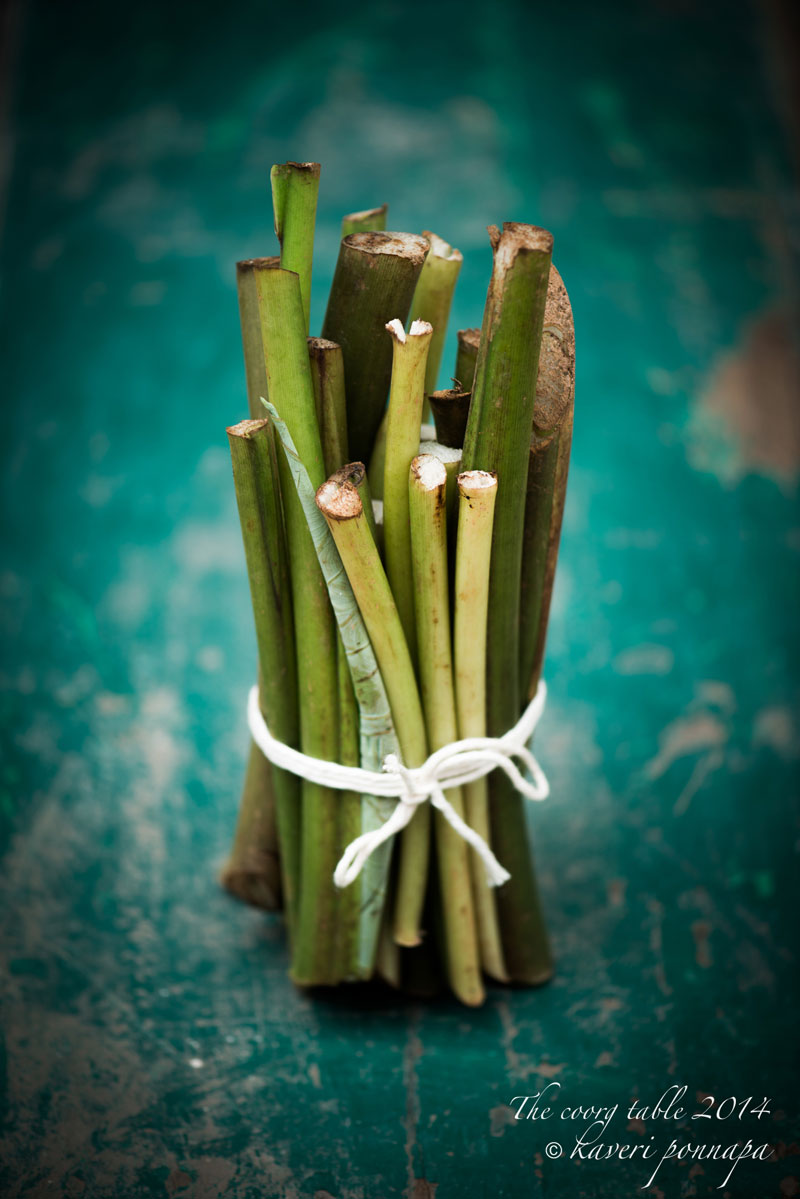
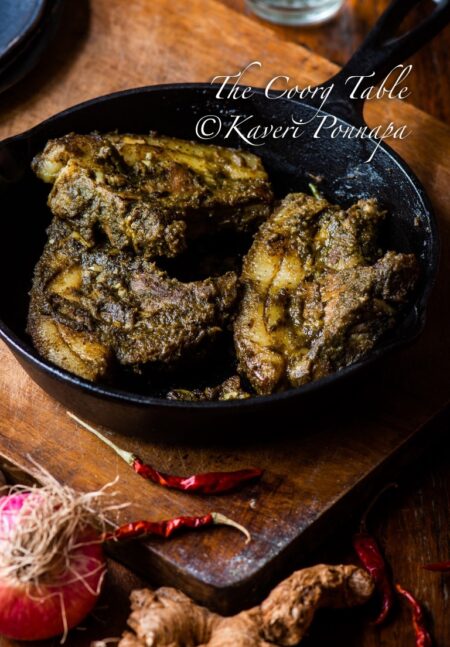
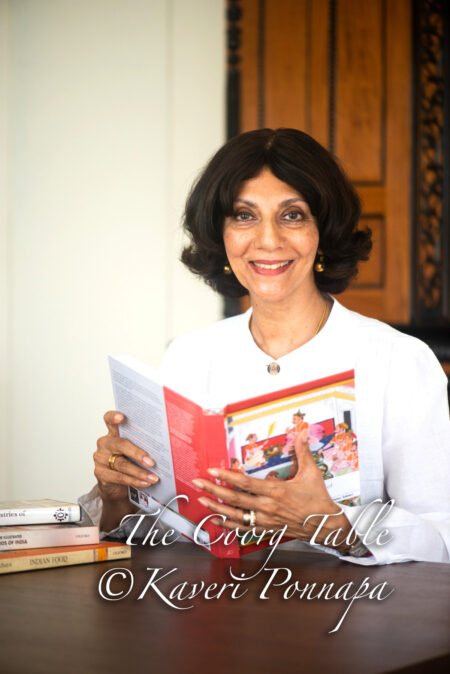
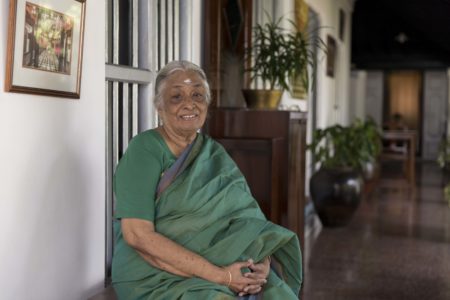
So well written (applauding*) I too agree with the Rene Redzepi mindset of understanding and eating locally foraged ingredients . In fact , my table at home focuses exactly on that and i want to teach children how important it is to nourish their bodies from produce sourced around the environment they live in !
I would love for you to read some of my posts …